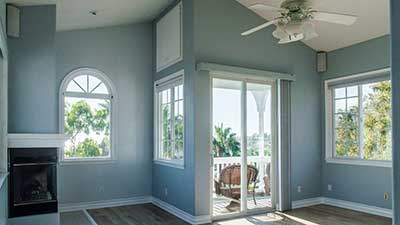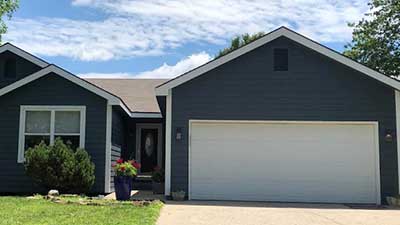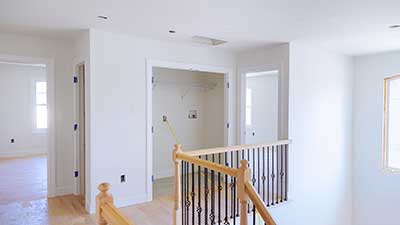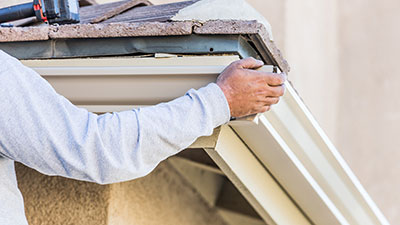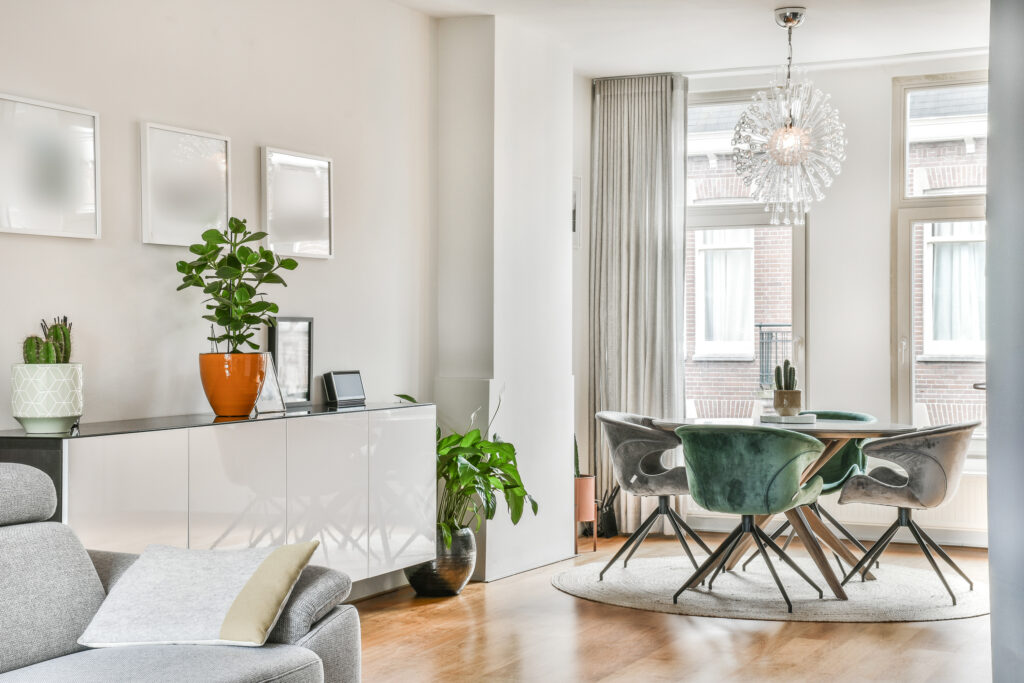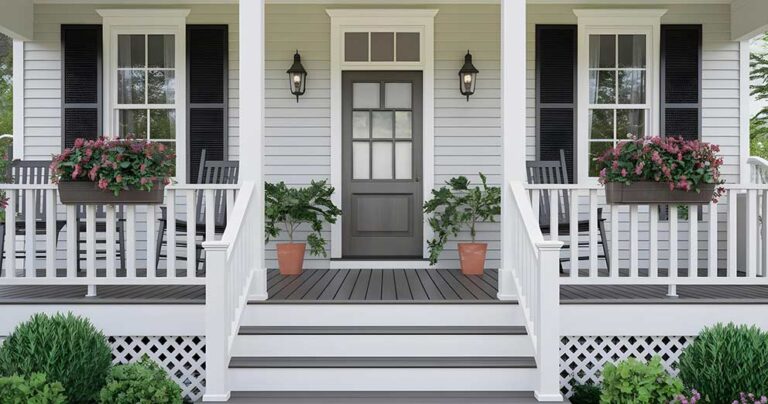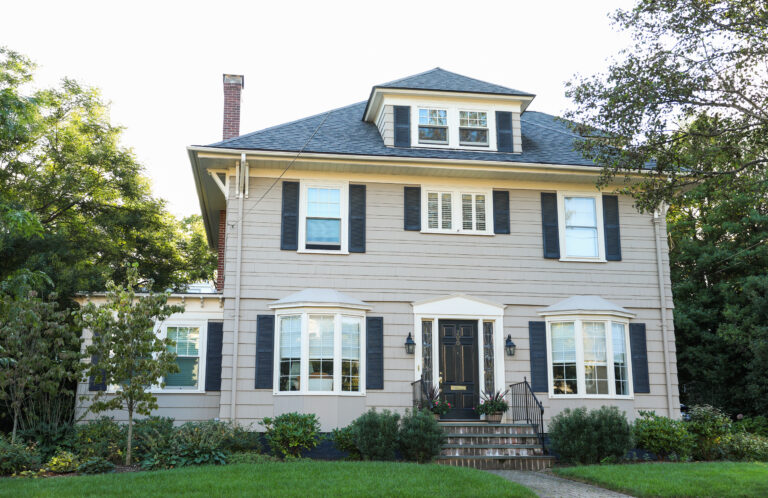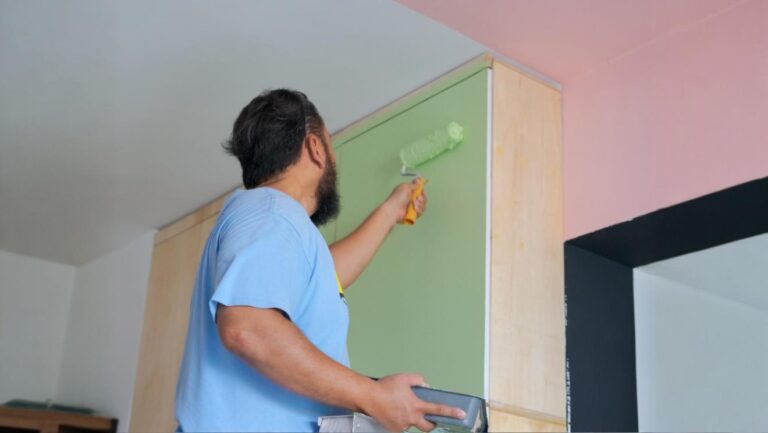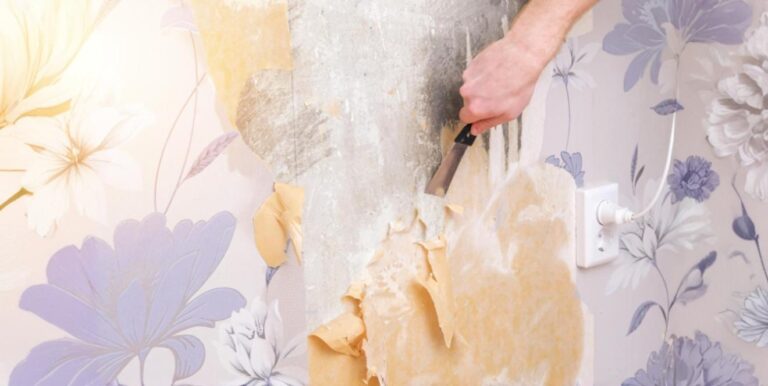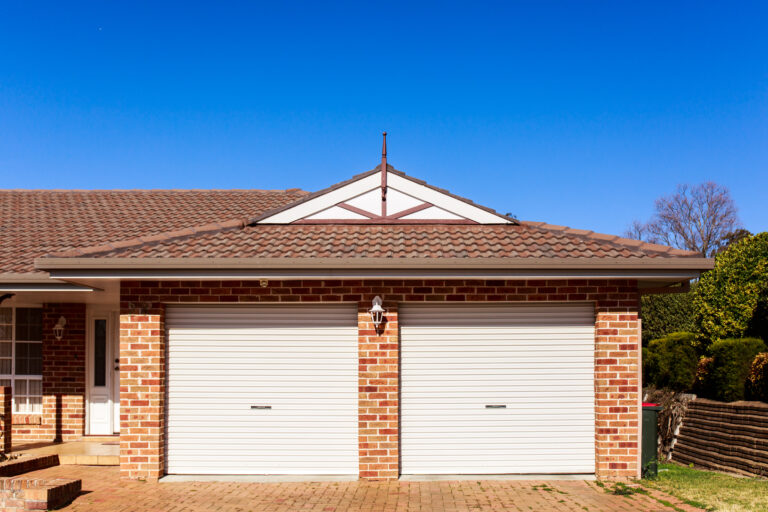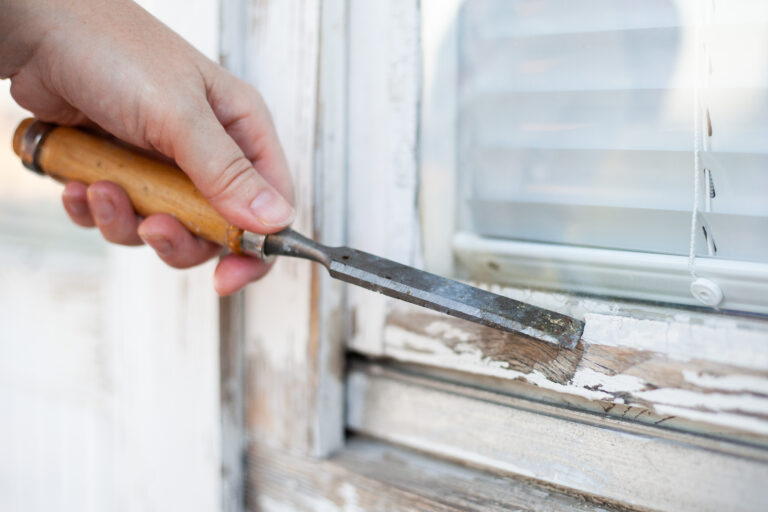A fresh coat of paint does more than brighten up your home—it protects your walls, enhances your living space, and expresses your personal style. But how often should you paint your walls? It’s not a one-size-fits-all answer, as it depends on factors like paint quality, room usage, and environmental conditions. Let’s explore how to keep your home’s interior looking fresh and vibrant with the right painting schedule.
Key Takeaways
- You should paint your walls every 3-7 years, depending on the room’s usage and paint quality.
- High-quality interior paint reduces the need for frequent repainting and keeps walls vibrant longer.
- High-traffic areas like hallways or bathrooms need repainting every 2-3 years, while low-traffic rooms last longer.
- Signs like paint peeling, fading, and scuffs indicate it’s time for a refresh to protect your home interior.
- Hiring professional painters like OnDemand Painters ensures a flawless finish and maximizes paint longevity.
- Repainting improves both the aesthetics and value of your home, keeping it fresh and inviting.
Why Paint Quality Matters for Interior Walls
The quality of your paint often determines how often you need to repaint. High-quality paints are ideal for painting walls, as they withstand wear and tear, resist fading, and stay vibrant longer. Cheaper, low-quality options might save you money upfront, but they’ll need touch-ups or full repaints more frequently, making them more expensive in the long run.
When choosing paint, consider features like durability, washability, and VOC levels (volatile organic compounds). Low-VOC or zero-VOC paints are not only eco-friendly but also safer for your family, especially in bedrooms and children’s play areas.
Professional painters, like OnDemand Painters, use premium-grade paints and proven techniques to ensure your walls stay beautiful for years. Hiring experts means you get a flawless finish and maximum longevity, saving you time and hassle.
Key Factors That Determine Repainting Frequency
Every room in your house serves a different purpose, and its paint wears accordingly. Understanding these nuances can help you plan when and where to repaint.
High-Traffic Areas
Spaces like hallways, kitchens, and children’s bedrooms experience more activity, leading to frequent scuffs, stains, and general wear. These areas typically need repainting every 2-3 years to maintain their fresh look.
Low-Traffic Rooms
A dining room, along with guest rooms and adult bedrooms, sees much less wear and tear. These rooms can go 5-7 years without needing a repaint, provided the initial paint work is of good quality.
Environmental Conditions
Paint doesn’t just age from touch; it’s also affected by sunlight, humidity, and airflow. Direct sunlight can cause colors to fade over time, while high humidity—especially in kitchens and bathrooms—can lead to peeling and mildew. Proper ventilation and selecting paints suited for these conditions can help extend the life of your walls.
Spotting Signs It’s Time for a Paint Job
If you’re wondering whether it’s time to repaint, your walls may already be giving you the answer. Look out for:
- Faded or Dull Colors: Bright colors lose their vibrancy over time, especially in sunlit rooms.
- Peeling or Cracking Paint: These are signs that your walls need attention, as peeling exposes the surface to potential damage.
- Scuffs and Stains: High-traffic areas often develop marks that don’t come off with cleaning.
- Outdated Look: Even if your paint is in good shape, changing colors can give your home a modern, refreshed feel.
Addressing these issues promptly keeps your home looking polished and prevents further damage.
The Benefits of Professional Paint Jobs
While DIY painting might seem cost-effective, it often leads to uneven finishes, missed spots, or premature wear. A professional paint job ensures a seamless, high-quality finish that lasts.
Painters like OnDemand Painters follow a meticulous process: properly prepping surfaces, including sanding, filling holes, and priming; using high-quality tools and materials for even application; and ensuring sharp, clean lines and consistent color coverage.
With professionals, you save time and avoid the frustration of dealing with imperfections. Plus, their expertise means your paint job can last years longer than a DIY effort.
Room-by-Room Painting Guide
Each room in your home has different painting needs based on its function and level of use. Here’s how often you should repaint each space:
Living Rooms and Common Areas
These spaces are where family and friends gather, but they often experience less wear compared to hallways or kitchens. A high-quality paint job can last 5-7 years, especially if you opt for washable paint to handle occasional scuffs.
Dining Rooms
Dining rooms generally see minimal activity, making them low-maintenance. Repainting every 5-10 years should suffice unless you want to update the decor.
Adult Bedrooms
Adult bedrooms serve as personal retreats and sanctuary spaces, experiencing minimal daily wear. These low-traffic areas can typically go 7-10 years between repaints, making them the most low-maintenance rooms in your home.
Children’s Bedrooms
Kids bring energy—and mess—to their rooms. Between fingerpaint “masterpieces” and furniture dings, these spaces often require repainting every 2-3 years. Choose durable, washable paint to keep the walls looking their best for longer.
Kitchens and Bathrooms
These rooms face unique challenges like humidity, steam, grease splatters, and regular cleaning. Moisture-resistant, semi-gloss paints work best here and can extend the lifespan of your walls to 3-5 years before needing a refresh.
Laundry Rooms and Powder Rooms
Though smaller, these utility spaces benefit from a clean, polished look. A fresh coat every 3-6 years keeps your laundry and powder room inviting and free of wear.
Hallways and Mudrooms
These transitional spaces see constant foot traffic and daily activities. Hallways connect all rooms and endure frequent scuffs from furniture moves and daily use. Mudrooms face additional challenges from outdoor gear and weather exposure. Both spaces typically need repainting every 2-3 years to maintain a welcoming appearance.
Ceilings and Architectural Details
When to Repaint Ceilings
Ceilings often get overlooked but play a crucial role in your room’s overall appearance. They typically need repainting every 10-15 years, as they experience less direct contact but can show aging from environmental factors like humidity and airflow.
Trim, Baseboards, and Doors
Architectural details like baseboards, door frames, and window trim require more frequent attention than walls. These elements face regular contact and show fingerprints, dings, and surface imperfections more readily. Plan to refresh trim and baseboards every 2-4 years to maintain sharp, clean lines throughout your home.
Tips for Extending the Life of Your Paint Job
Taking care of your painted walls can save you from needing to repaint too soon. Here are some practical tips:
- Use Washable Paint: High-traffic areas benefit from paints designed for easy cleaning.
- Clean Walls Regularly: Gently wipe down walls with a damp cloth to remove dirt and grime.
- Control Humidity: Use dehumidifiers or exhaust fans in kitchens and bathrooms to prevent peeling and mildew.
- Protect Walls from Furniture: Apply felt pads to furniture legs to avoid scratches and scuffs.
- Patch Small Damages Promptly: Touch up small scratches or holes before they worsen.
Address surface imperfections promptly with regular touch-ups and gentle cleaning to maintain your paint’s appearance. For high-traffic areas, keep some leftover paint for quick maintenance between major repaints.
Environmental Factors That Affect Paint Longevity
Consider your household’s activity level and growing children’s evolving needs. Homes with frequent entertaining or pets may need more frequent repaints due to increased wear patterns. Daily activities and environmental conditions like steam from cooking significantly impact paint durability.
The Impact of Paint on Your Home’s Value
Paint isn’t just about aesthetics—it also adds value to your home. A fresh, well-maintained paint job makes a strong impression on guests and potential buyers. Neutral colors create a timeless and versatile look that works beautifully across all rooms.
Whether you’re planning to sell or simply want a home you’re proud of, investing in regular repainting pays off in the long run.
Conclusion
Repainting your walls is an essential part of home maintenance that enhances your living space and protects your walls. High-traffic areas like kitchens and children’s rooms may need attention every few years, while quieter spaces can go much longer between repaints.
For a flawless finish that lasts, consider hiring professional painters like OnDemand Painters. Their expertise ensures you get the most from your investment in quality paint and application.
Don’t wait for your walls to show signs of wear—plan your next painting project today. A fresh coat of paint can rejuvenate your home, making it a space you love to live in.
FAQs
How often should you repaint your interior walls?
Repainting interior walls every 3-7 years ensures they remain fresh and damage-free.
When should bathroom walls be repainted?
Humidity in bathrooms means bathroom walls often need repainting every 3-5 years with moisture-resistant paint.
How often do ceilings and trim need repainting?
Ceilings typically need repainting every 10-15 years, while trim, baseboards, and doors should be refreshed every 2-4 years due to higher contact and wear.
What type of wall paint lasts longest in high-traffic areas?
High-quality wall paint in satin or semi-gloss finishes provides durability and easy cleaning for hallways, kitchens, and children’s rooms.
How often should you paint interior trim to keep it looking fresh?
Interior trim should be painted every 2-4 years as it shows fingerprints, scuffs, and wear more readily than walls.
Can you paint over stained wood without special preparation?
Painting over stained wood requires proper sanding and priming to ensure paint adhesion and prevent bleed-through for lasting results.






